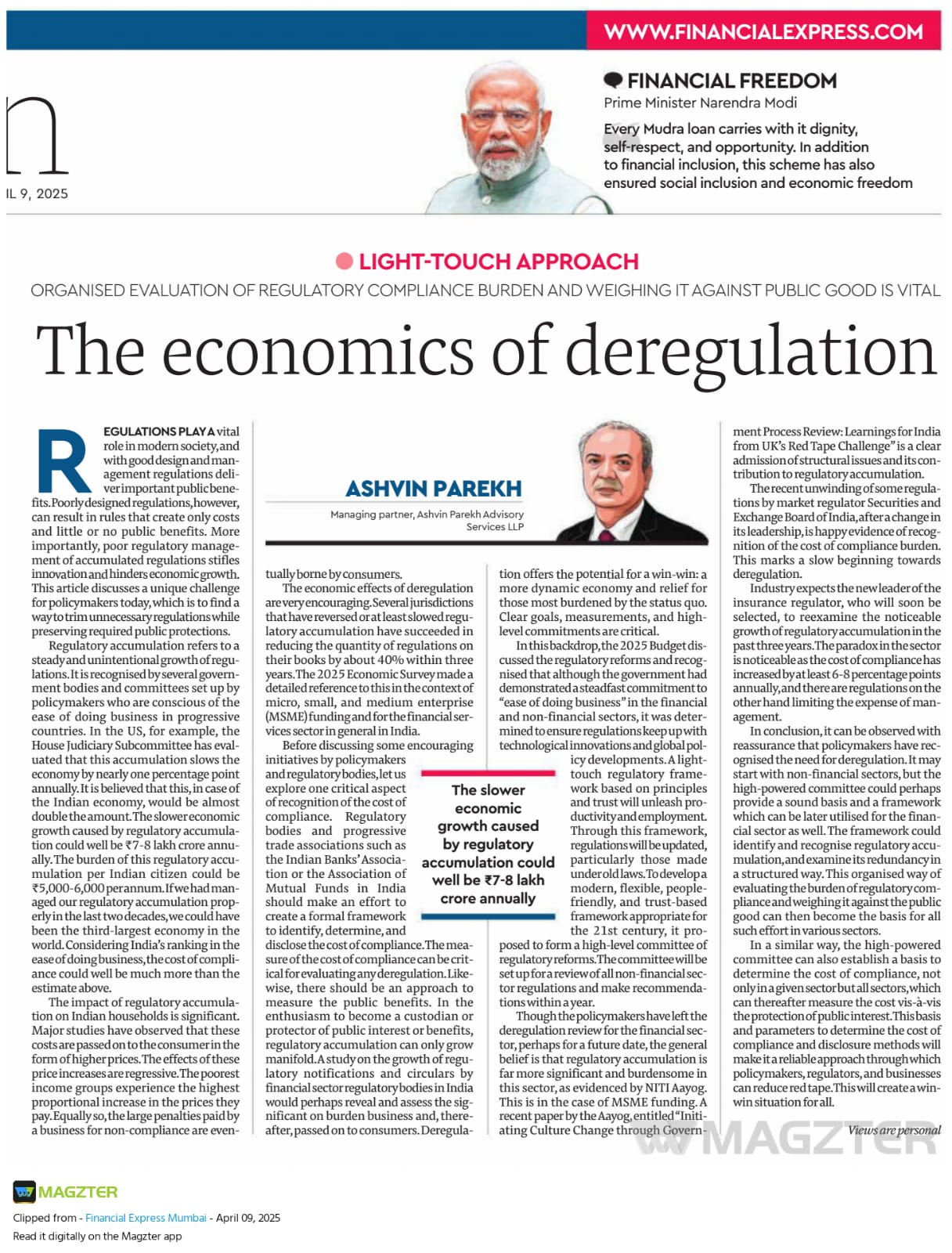by APAS Team
Share
by APAS Team
Share

After almost six tumultuous quarters of facing COVID, the global economy is on path to recovery. As per estimates by World Bank, the global economy is set to expand by about 5.6 percent in 2021 – the strongest post-recession period pace in 80 years. The recovery is lopsided with developed economies with strong fiscal support garnering a greater share than the low-income countries with minimal fiscal stimulus programs. While the global economy and supply chains have picked up pace, in several developing economies, elevated COVID-19 caseloads, obstacles to vaccination and a partial withdrawal of macroeconomic support are offsetting such strengthening of external demand and elevated commodity prices.
A rapid increase in demand as economies reopen has pushed up prices in key commodities such as oil and metals. Food prices are also rising boosting prices especially in emerging markets. Tensions along supply chains caused by the pandemic have added to cost pressures. At the same time, shipping costs have increased sharply.
The outlook for inflation varies markedly. It has risen sharply in the US and some emerging market economies but remains relatively low in many other advanced economies, particularly in Europe.
As per World Bank, these inflationary pressures are expected to eventually fade. Once bottlenecks are resolved, price increases in durable goods, such as cars, are likely to ease quickly as supply from the manufacturing sector rapidly picks up. Again, as per World Bank, consumer price inflation in G20 countries is projected to peak towards the end of 2021 and slow throughout 2022. Although sizeable pay increases are happening in some sectors that are reopening such as transportation, leisure and hospitality, while overall wage pressure remains moderate.
For emerging economies in general, strengthening domestic revenue mobilization and medium-term fiscal frameworks can help widen fiscal space and bolster policy credibility. As per World Bank, notwithstanding the expected near-term recovery, emerging markets output is likely to remain below its pre-pandemic trend for a prolonged period, as many fundamental drivers of growth have been scarred by the pandemic. A comprehensive set of policies will be required to promote a strong recovery that mitigates inequality and enhances environmental sustainability. When compared with the 2009 crisis, two thirds of countries had regained the pre-recession per capital output levels by 2011 i.e., within 2 years.
By 2022, global output is expected to remain about 2 percent below pre-pandemic projections, and per capita income losses incurred last year will not be fully unwound in about two-thirds of emerging markets. The global outlook remains subject to significant downside risks, which include the possibility of large COVID-19 waves in the context of new virus variants and financial stress amid high emerging market debt levels.
The legacies of the pandemic exacerbate the challenges facing policy makers as they balance the need to support the recovery while safeguarding price stability and fiscal sustainability. As the recovery becomes more entrenched, policy makers also need to continue efforts toward promoting growth-enhancing reforms and steering their economies onto a green, resilient, and inclusive development path.
In the present day, China has become an important anchor for the global growth rate on account of its huge influence on global trade and commodity supply. Several economists have forecasted growth rates in the range of 5-7.5% for China for FY21. They are attributing this to focus on stabilization of debt growth to curb financial risks and direct the financial resources towards high-tech manufacturing to counter threats of technology restrictions from US. Among those at risk from less investment in China are commodity exporters such as Australia, South Africa and Brazil. Slower trade could also hit the likes of Malaysia, Singapore and Thailand.
China’s realignment of its focus with a debt-control policy from real estate sector to regulate technology and education, has companies like Evergrande feeling the heat. The policy focus has evidently shifted from real-estate to financial stability and environment protection. Evergrande could represent an imminent disaster, unless for the sovereign bailout. As per analysts though, the implications of Evergrande failure could be less due to limited exposure of global funding to the tune of USD 18 billion of outstanding foreign currency bonds and USD 215 billion worth of land and partially completed projects. However, the contagion risk is nevertheless present, mainly on account of debt-laden Chinese property sector. The company’s exposure has been to the tune of USD 310 billion in the form of outstanding debts to bondholders, banks, construction contractors and other creditors.
Domestic economic activity is normalizing after the ferocious second wave retarded momentum. The outlook remains overcast by the future path of the pandemic; the accelerated pace of vaccination and release of pent-up demand provide an upside to the baseline growth path. Headline inflation has fallen back into the tolerance band and the trajectory is expected to be driven by supply-side factors. For example, Australian coal, which was bought at much cheaper price has brought down the overall costs for coal.
Thus, a faster resolution of supply chain disruptions, good food grains production and effective supply management could cause inflation to undershoot the baseline, contingent on the evolution of the pandemic and the efficacy of vaccines.
The fiscal stimulus provided by RBI and Government in India has helped economy stay afloat in times of need. Further, the focused repo operations for small banking institutions have also helped in reviving the much-needed growth at ground level. The government’s Atmanirbhar Bharat should act as a key navigating point for strengthening domestic revenue mobilization. The industry is witnessing a revived confidence and pent-up demand manifesting. All these factors have contributed to a better transmission of the accommodative policy measures and status quo rates. In a pessimistic scenario, the regulator and government may have to face increased debt servicing costs amid heightened rollover risks forcing to cut consumption and delay investment projects. For now, the Government is avoiding such scenario by resorting to privatization.
A significant divergence has been observed between the growth rate patterns of developed and developing economies. Reliance on the developed economies and global institutions seem like a last resort for the low-income countries where the pandemic has affected severely. In India, global headwinds are highly responsible in stabilizing Indian economy, as does the Chinese performance and policies thereby. However, a deeper penetration of programs like Atmanirbhar Bharat coupled with favorable policy rates should guide revival of growth sentiments. Managing the heightened commodity prices, managing bond yields and tackling the inflationary pressures remain a key focus area for the policymakers right now.
STAY IN THE LOOP
Subscribe to our free newsletter.
The slower economic growth caused by regulatory accumulation could well [...]
Navigating the Future of Consulting: The Role of Digital Transformation [...]
HDFC Bank Completes Merger, Forging a Financial Powerhouse and Global [...]



